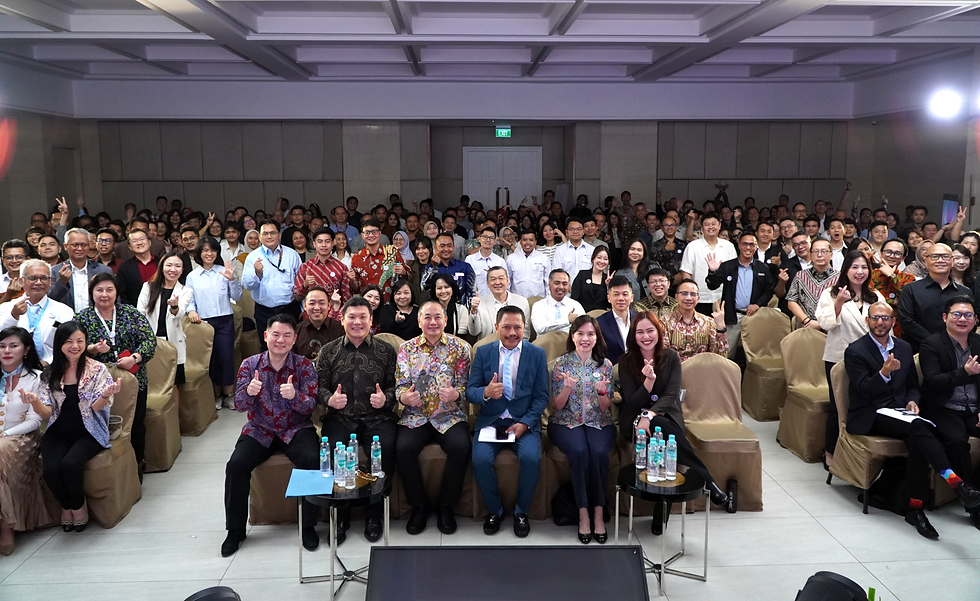Solutions for Company to Be an AI-Ready Culture
- TechConnect

- Mar 21, 2023
- 2 min read

Image source: LinkedIn
Organizations must address skill gaps and cultural issues in order to successfully implement AI. According to our findings, more than a third of UK leaders believe an AI skills gap will emerge in the next two years. We are already experiencing one, according to 28% of people.
An AI-ready culture will allow the appropriate AI approaches to be matched with the appropriate use cases, with minimal resistance, and with surrounding workflows and customer experiences appropriately adapted. Because AI will impact work in many small ways before it transforms companies in massive leaps, paving the way for those small successes will pave the way for the big moves later on. And, because it will be impossible to supervise all of these quick wins from the top, they will rely on a supportive culture to make them happen. There are two essential components: pull and structure to make it happen.
1. Pull
Culture cannot be transformed by fiat. Culture cannot be wiped clean because it is not a set of written rules and explicit decisions, but rather exists at an implicit level. Rather, you must create constituencies that will pull change toward them. They will then adjust their outlook and work practices to reflect this. Create a pull for culture change by cultivating a group of champions who have an innate interest in the topic and a basic understanding of what AI is capable of. Work with them to identify use cases in their respective areas of the business and to outline what can be accomplished through a series of broad, quick, and low-cost experiments. Importantly, train them to prioritize the customer's Jobs to be Done and to consider the entire solution, including but not limited to AI (workflows, customer experience, business model, and more).
2. Structure
People are uneasy about culture change and AI. So, create a structure that allows it to happen on a regular basis. Have a common methodology (such as Jobs to be Done) for stating problems to solve, provide mechanisms for identifying challenges that are particularly suited for AI solutions, and provide a toolkit of approaches that can be quickly deployed. Make it simple. Within three waves, you can lay the groundwork for AI adoption. The initial wave will enable many quick experiments that will not only prototype and test use cases but will also uncover other learnings or required capabilities, such as how to supply the appropriate data from which the AI can learn. Experiments can then become more rigorous, attempting to measure changes in behavior, error rates, and other key information. Finally, you can implement longer-term solutions, keeping in mind that AI and machine learning are constantly evolving.
Compare your company to others at a similar stage of AI maturity as well as those further ahead. Companies have to skilling their employees and build a positive, innovation-oriented culture. Allow employees the time and freedom to choose how to advance their AI skills. Create a program that combines formal and on-the-job training. Encourage employees to try new things without hesitation and to learn from the results. Share your knowledge, successes, and even failures with the entire organization.
Source: Forbes.com





Comments